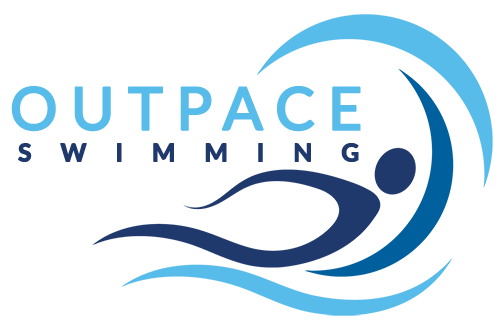| Paces | Paces per 100 | What you should feel and focus |
| Easy | Critical Swim Speed + 10 seconds | Can hold this pace for a very long time. Focus on a good technique but in the most relaxed way possible. Focus on a nice and high elbow position. |
| Steady | Critical Swim Speed + 5 seconds | You should still feel good and be enjoying a pace that you could use for a long time (e.g. one hour, depending on current fitness). You should be able to maintain an efficient technique without suffering. Focus on distance per stroke with a stronger catch. |
| Solid | Critical Swim Speed | Helps build endurance and strength. This pace requires you to optimize your distance per stroke and stroke rate as best you can. Focus on a very strong catch & pull as well as increasing your stroke rate (frequency) without losing your distance per stroke too much. The intensity should be high and constant from the first repetition to the last repetition of the set. The idea is to progressively increase the total distance and duration at that pace towards the competitive season. E.g. from 10 x 100 to 20 x 100 to 30 x 100…). |
| Hard | Critical Swim Speed less 5 seconds | The goal is to give lots of power and strength in your strokes with a higher stroke rate. You can’t hold this pace for a long time due to the lactate (lactic acid) being built up in the muscles faster than it is being eliminated. Focus on maintaining a good technique throughout the whole set especially when your body gets tired. Losing the technical focus at this pace, will lead to an inefficient stroke and consequently, a loss of speed. A good way to control this is to maintain a good distance per stroke or avoid adding more than two extra strokes per length. This pace requires longer rest time / intervals and recovery. |
| Fast | N/A | The goal is to give the maximum power and strength over a short distance while keeping your strokes long. The stroke rate is at its maximum. Maintaining your streamline and a good technique is also crucial at this speed to maintain efficiency and avoid developing injuries. |
Below is a brief description of how the above paces correspond to the commonly known energy systems:
Easy pace is the equivalent of aerobic capacity (also called aerobic recovery / moderate).
Steady pace is the equivalent of aerobic development.
Solid pace is the equivalent of the lactate threshold (anaerobic threshold) where the lactate production remains in steady state (the rate at which lactate appears in the blood is equal to the rate of its disappearance).
Hard pace is the equivalent of aerobic power to Vo2 Max, so close to your theoretical 400 m. race pace.
Fast pace is the equivalent of anaerobic system which provides the body with explosive short term energy that lasts from 10 to 90 seconds without the need for oxygen. As a result, waste products such as lactic acid accumulate in the blood and in muscle cells. The burning sensation in the muscle, shortness of breath and fatigue are all symptoms of lactic acid build up and thus impacts the ability to perform.


